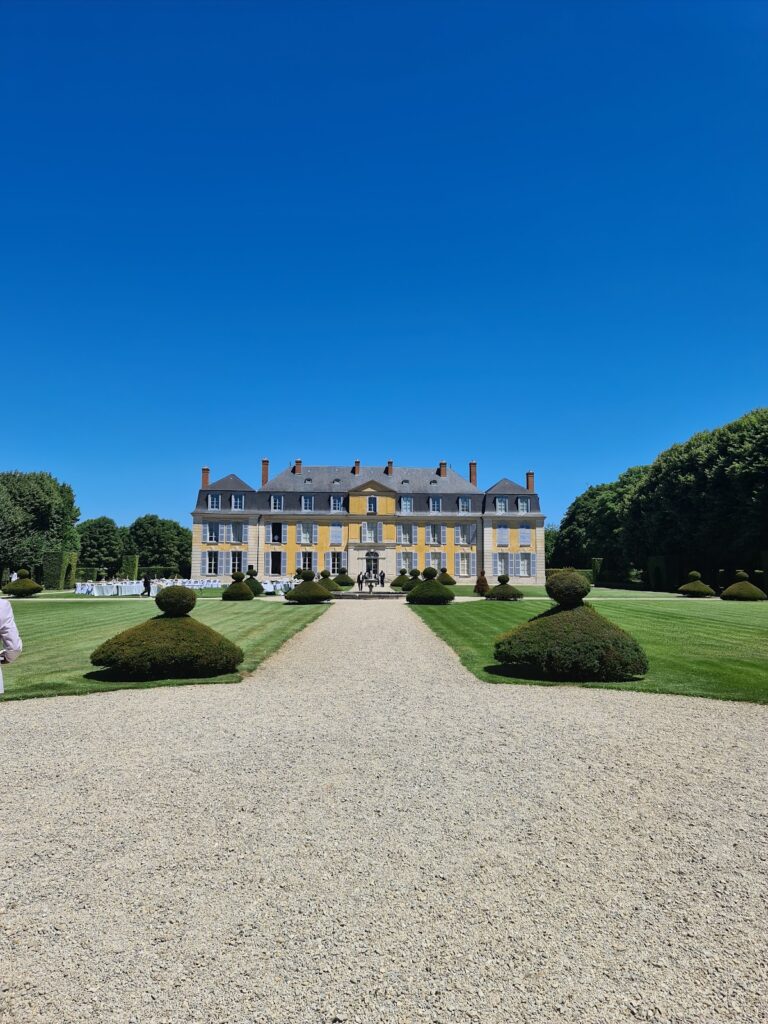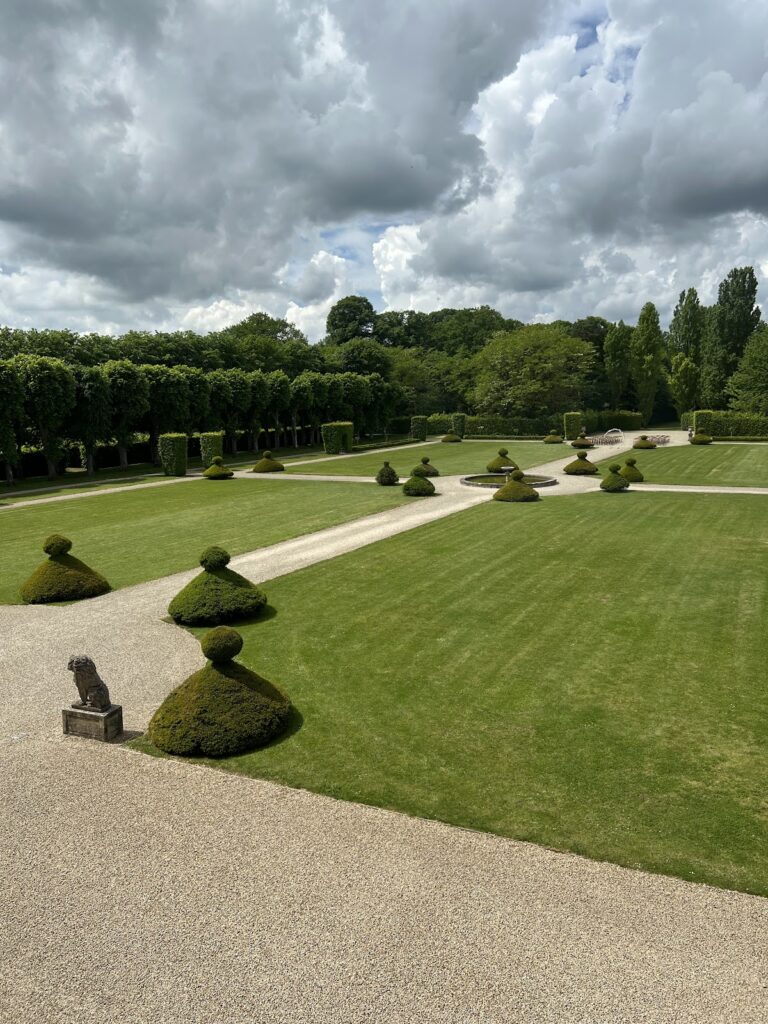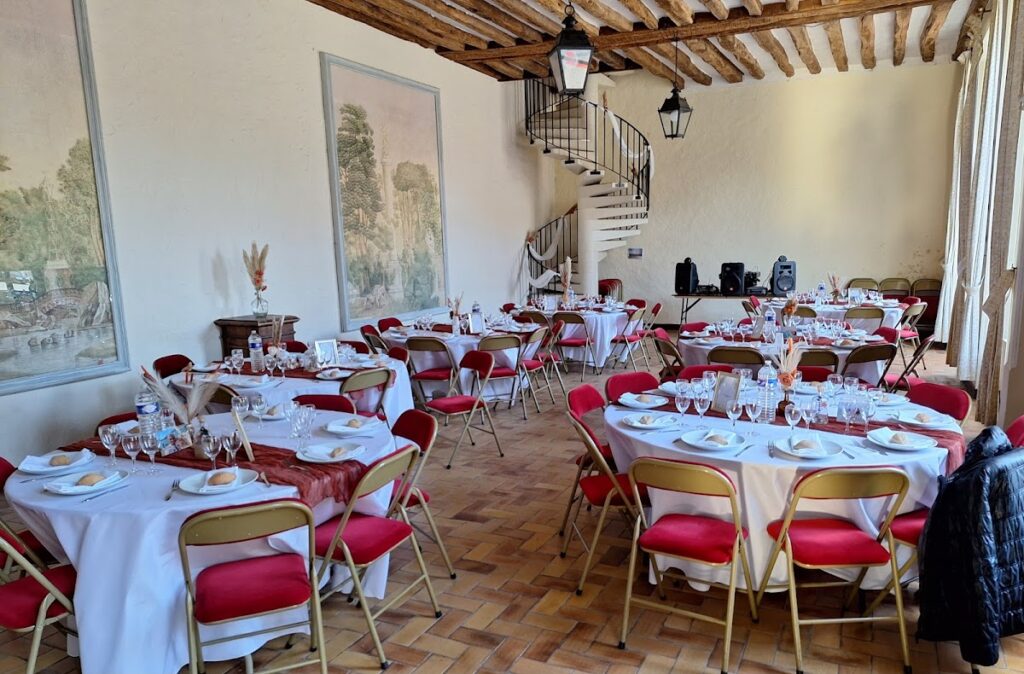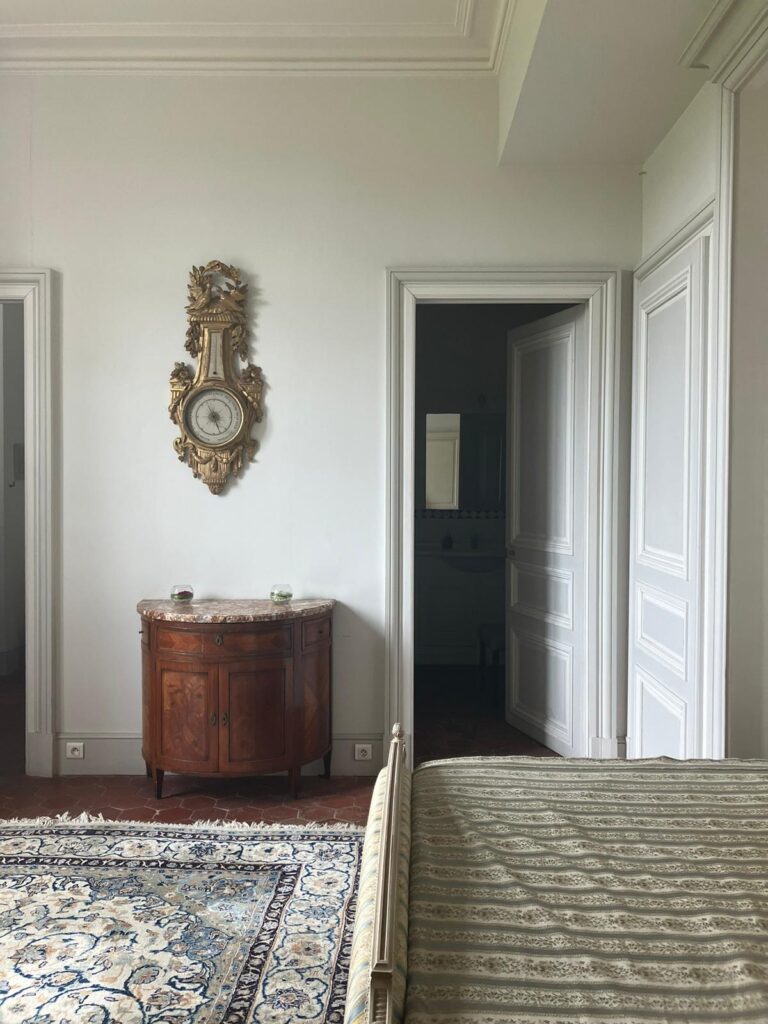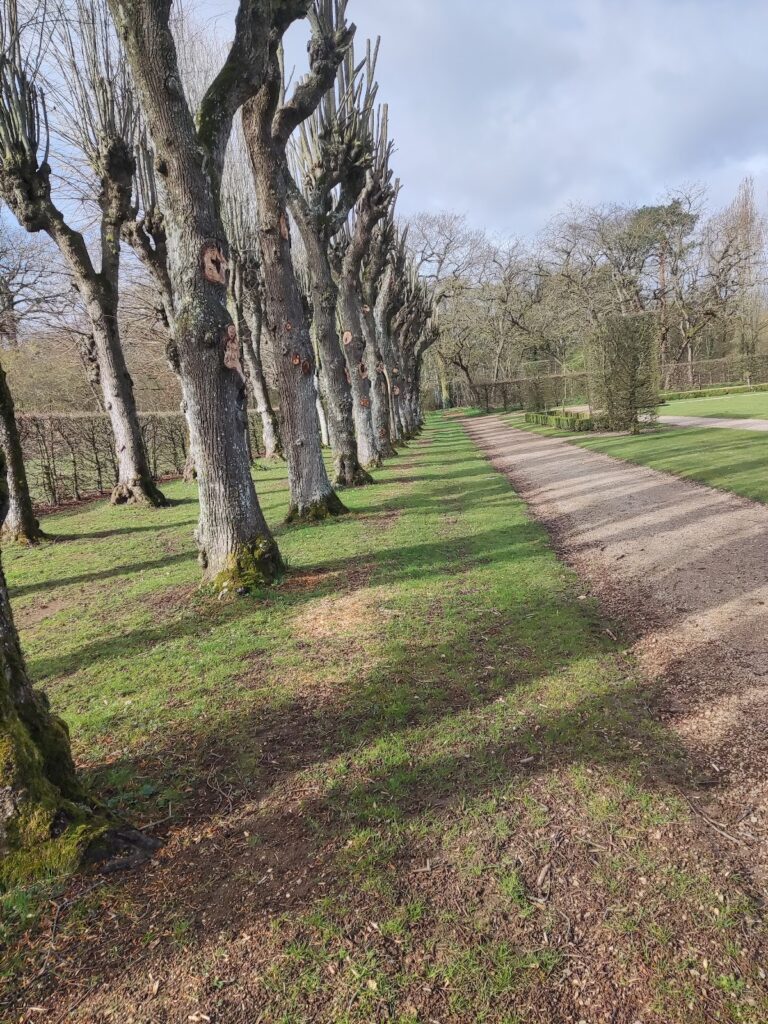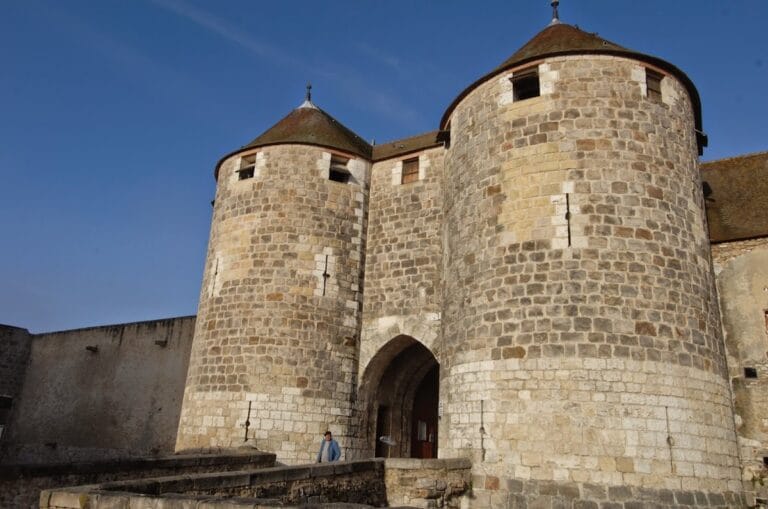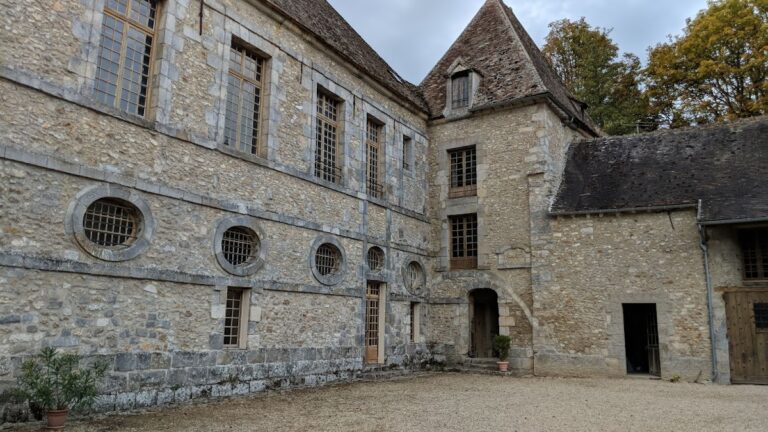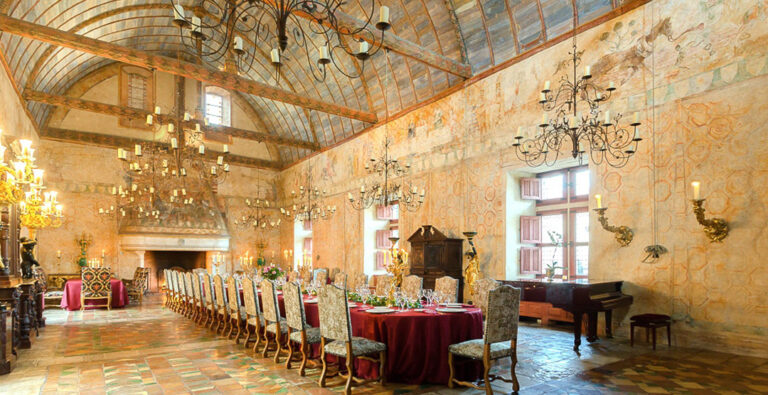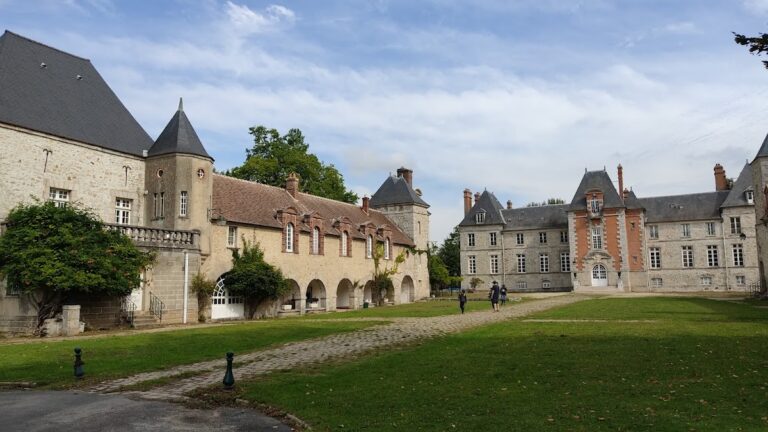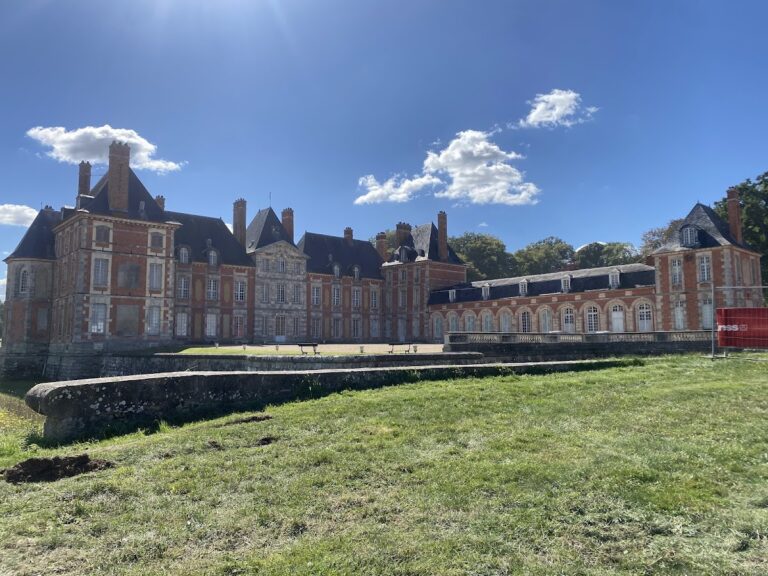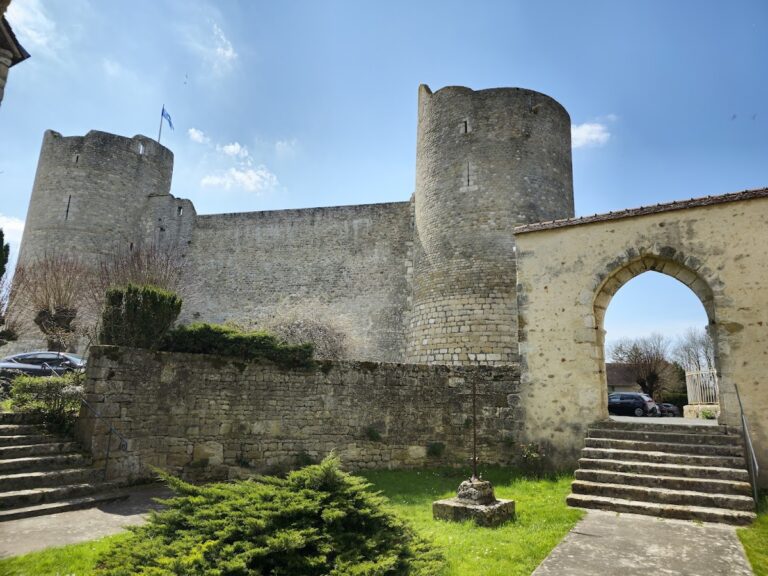Château de Dommerville: An 18th-Century French Estate in Angerville
Visitor Information
Google Rating: 4.7
Popularity: Low
Google Maps: View on Google Maps
Official Website: www.chateau-dommerville.com
Country: France
Civilization: Unclassified
Remains: Military
History
The Château de Dommerville is situated in Angerville, a municipality in modern-day France. This estate was developed during the late 18th century under the direction of a French noble, embodying the architectural and social trends of that era.
Between 1777 and 1782, Marquis Charles Philippe Louis de Hallot undertook the construction of the current château. He replaced an earlier building on the site, preserving only an iron gate that faced the Route de Chartres. This initial phase marked the creation of the château as it largely exists today.
In 1789, ownership transferred to the Marquis’s cousin, the Countess of Valon, and subsequently to her son. By 1807, the château came into the possession of General Donatien-Marie-Joseph de Rochambeau, a notable figure of the time. Just a few years later, in 1810, Count Jean-François de Ferrières de Sauvebœuf acquired the property, passing it to his son Louis Adolphe thereafter.
The mid-19th century brought a new chapter when the château was converted for agricultural use in 1869 by a farmer. This period represents a practical adaptation of the estate’s function, differing from its noble origins.
In the 20th century, the château changed hands again; Didier Poisson became the owner in 1963. Under his care, restoration efforts were initiated decades later. In 2002, the property came under the management of the SCI de Dommerville, a legal entity responsible for its stewardship.
The château gained formal recognition as a protected French historic monument on March 28, 1977. Following this designation, a significant restoration was led by Didier Poisson between 1995 and 1999. This work notably restored the second floor beneath the mansard roof, a section lost for over a hundred years. Today, the château remains a habitable residence and is primarily used for private events.
Remains
The Château de Dommerville is arranged as a two-story residence featuring three wings that enclose a central courtyard known as a cour d’honneur, a traditional open space welcoming visitors. This layout reflects architectural principles common in French country estates of the late 18th century.
Inside, several original fixtures have been preserved. Among these are a faience heating stove, made from glazed ceramic tiles known for their decorative and heat-retaining properties, offering insight into the heating methods of the time. Additionally, a cast-iron railing adorns the staircase, highlighting metalwork craftsmanship of the period.
Beyond the main building, the château’s park includes a small hexagonal pavilion dating from the same century as the château itself. Historically, this pavilion served a specialized role as a shelter during partridge hunting, linking the site to leisure activities practiced by the estate’s inhabitants.
The sole surviving element from the earlier structure that preceded the current château is an iron gate situated on the Route de Chartres. This gate stands as a tangible connection to the site’s architectural past prior to the Marquis de Hallot’s reconstruction in the late 1700s.
Following the comprehensive renovation at the end of the 20th century, the château is well preserved and fully habitable. The restoration reinstated key structural components, ensuring the continuity of both the building’s form and its historical character.
